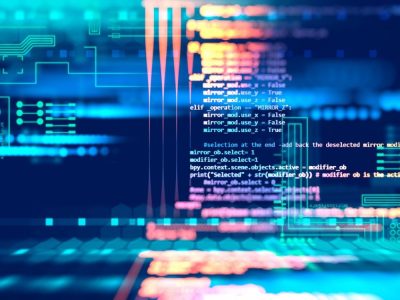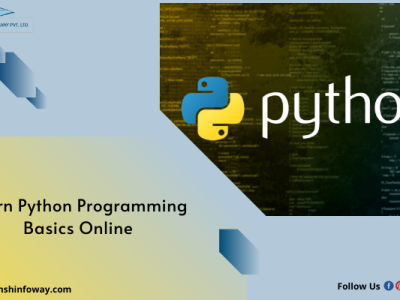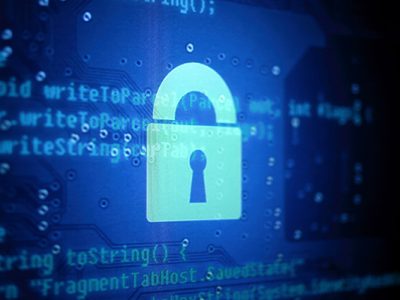Introduction
A critical step in the manufacturing and construction industries is welding. Welding inspectors significantly improve the effectiveness and safety of welding operations. To guarantee that welding inspectors have the abilities and expertise required to perform their tasks properly, the American Welding Society (AWS) offers certification. One of the most well-known credentials for welding inspectors is AWS Certified Welding Inspector (CWI). In 900 words, this essay will describe the duties of an AWS Certified Welding Inspector.
AWS Certified Welding Inspector Responsibilities
An AWS Certified Welding Inspector’s job is to examine welding operations in diverse sectors and guarantee their quality. A welding inspector’s primary duty is to ensure all applicable codes, specifications, and standards do welding.
The inspector examines the material used, the quality of the welds, and compliance with the welding process standards (WPS). The following are some of the primary duties and obligations of an AWS (CWI):
Pre-Weld Inspection:
The welding inspector inspects the base material, filler material, and welding equipment before the welding process begins. The inspector checks the cleanliness and condition of the base material, ensuring that it meets the applicable specifications.
The welding inspector also verifies the specification and condition of the filler material and ensures that the welding equipment is in good working condition.
In-Process Inspection:
During the welding process, the welding inspector monitors the welding parameters and the quality of the welds. The inspector checks the welding parameters, such as current, voltage, and travel speed, to ensure they are within the specified limits.
The welding inspector also visually inspects the welds to ensure they are of the required quality. Additionally, the welding inspector may use non-destructive testing (NDT) techniques such as radiography, ultrasonic testing, or magnetic particle inspection to detect any potential defects in the welds.
Post-Weld Inspection:
After the welding process, the welding inspector inspects the completed welds to ensure that they meet the applicable codes, standards, and specifications.
The welding inspector checks the quality of the welds, the dimensions of the welds, and the soundness of the welds. The inspector also verifies the surface finish of the welds and ensures that any defects are corrected before the product is released.
Documentation:
The welding inspector is responsible for maintaining accurate records of the welding process. The inspector records the welding parameters, NDT results, and any issues found during the inspection.
The welding inspector also maintains records of the qualifications of the welders and the welding procedure specifications (WPS) used for the welding process. These records help to ensure that the welding process is performed correctly and that any issues are addressed promptly.
Welding Procedure Qualification:
The welding inspector is responsible for qualifying the WPS. The inspector reviews the WPS to ensure it meets the applicable codes, standards, and specifications.
The welding inspector also conducts the necessary tests to qualify for the WPS. This helps to ensure that the welding process is performed consistently and that the products meet the required quality standards.
Safety:
The welding inspector plays a vital role in ensuring the welding process is performed safely. The inspector ensures that the welding equipment is in good working condition and that the welding process is performed safely.
The welding inspector also ensures that the welders follow the appropriate safety procedures and wear the required personal protective equipment (PPE) to prevent accidents or injuries.
Conclusion
The AWS Certified Welding is vital in ensuring the quality and safety of welding activities in various industries. The welding inspector is responsible for inspecting the base material, filler material, and welding equipment before starting the welding process.
During the welding process, the welding inspector checks the welding parameters and the quality of the welds. After the welding process, the welding inspector inspects the completed welds to ensure that they meet the applicable code, specification, and standard requirements.
The welding inspector also maintains accurate records of the welding process and qualifies for the WPS. Assuring that welding operations are carried out by the relevant code, specification, and standard criteria is a crucial responsibility of an AWS Certified Welding. The inspector must possess the requisite skills and knowledge to accomplish their job.
Read More: How Ultrasonic Shear Wave Testing Works?






Comments